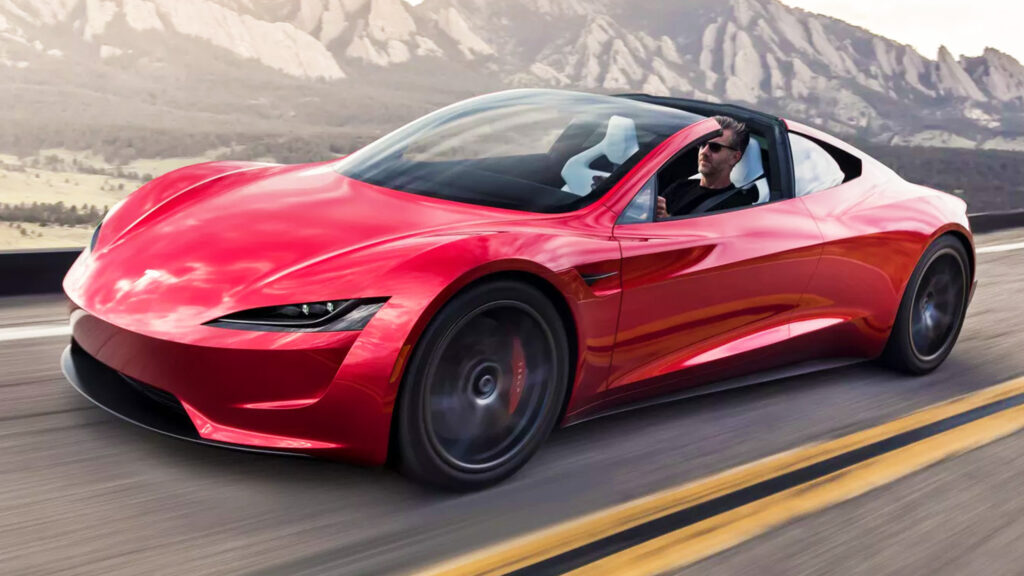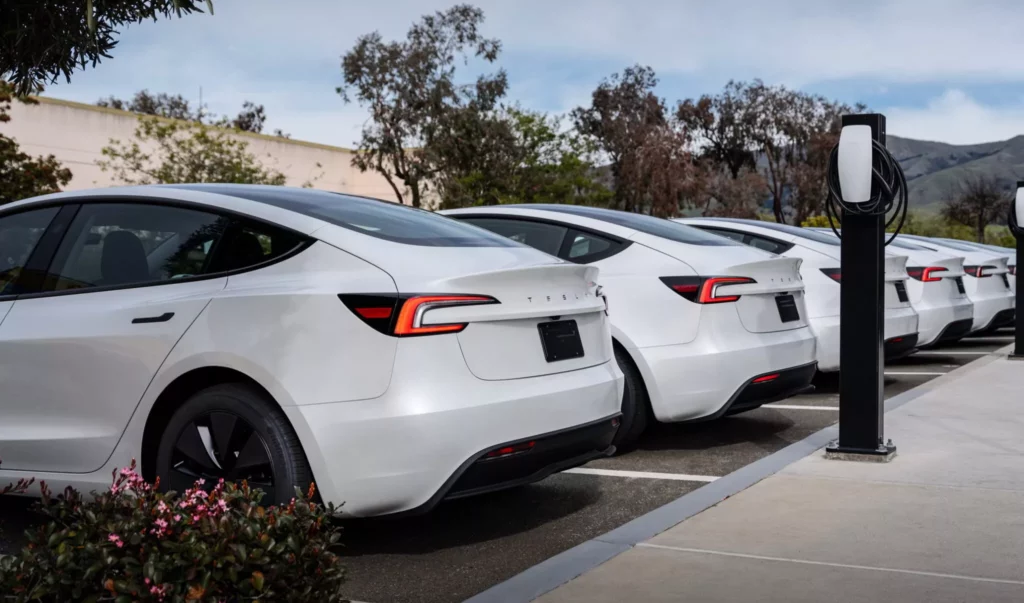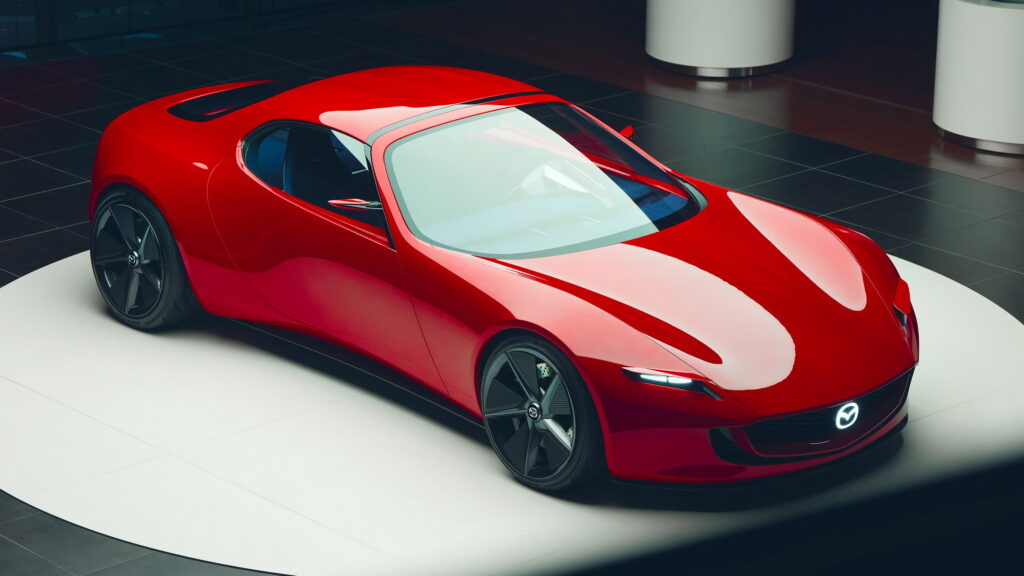Technology to prohibit speeding is nothing new to school buses. While a federal proposal to require speed limiting devices on heavy-duty vehicles was recently scuttled, states and local governments continue to push for their use.
Where does the school bus industry stand with theses devices? Do they really increase safety?
Several manufacturers think so. Speed limiters, also known as intelligent speed assistance (ISA) technology, gained traction about three years ago in New York City. The devices were first placed on a variety of 50 government fleet vehicles but not school buses. However, the project has since been expanded three times, and currently speed limiters are now installed on 700 vehicles operating across the five boroughs, 50 of which are school buses powered by both diesel and electric.
Magtec Products provides advanced the ISA, which company names SafeSpeed, on vehicles in New York City. Gary Catapano, Magtec’s chief strategy and safety advisor, has extensive firsthand school bus safety experience. He oversaw transportation companies operating in the New York area as the senior vice president of safety for First Student as well as First Transit and Greyhound from October 2004 through October 2017.
“I’m really passionate about school bus safety and what school busses do every single day in North America. It’s a pretty incredible mission, moving all those children safely and securely, and by and large, they do a great job making that happen,” he said. “But speeding is one of those problems that affects not only the school bus industry, but every type of transport out there. … [I]t’s the leading cause of fatal injuries and crashes. Typically, from year to year, anywhere from 29 to 33 percent of all fatal crashes have speeding as a causal factor.”
He said when he left First Student, he started to work with Magtec because he had piloted the technology and saw how it could make fleets safer.
“Speed is at the center of our roadway safety problems in North America, and when you slow people down, you end up being able to avoid collisions,” Catapano said, adding that slowing down allows for more follow distance between vehicles and more time to conduct defensive driving maneuvers. School bus drivers have more time to react to other hazards on the roadway as well as actions of other motorists.
“So, not only does that eliminate speed related crashes but allows you to drive more defensively and help avoid non speeding related crashes,” Catapano added.
He noted that having ISA on school buses, especially those traveling in neighborhoods with children and bicyclists present, is critical to safety. Even traveling a few miles over the speed limit increases both crash risk and severity.
New York City vehicles have traveled over 5 million miles using Magtec’s SafeSpeed across a variety of vehicles and departments. Catapano noted that NYC is a challenging environment to operate vehicles due to its urban landscape, high skyscrapers and roadways with various speed limits.
The technology became a part of the city’s Transition to Safety plan. The report “NYC School Bus Fleet: Improving Road Safety Through Technologies and Training” published in January 2024 stated that the ISA system provides a warning (visual, haptic or a combination) to a driver that the target speed is exceeded.
After installing the technology on school buses, the report states “preliminary results on the first nine-bus pilot indicate that installing ISA on school buses decreased excessive speeding (11-plus mph above the speed limit) from 4.21 percent to 0.03 percent of overall driving time, representing a 99.29 percent decrease in excessive speeding time. These initial findings suggest that ISA is a feasible intervention to decrease speeding behaviors in school bus drivers.”
Catapano explained that NYC chose to enforce a speed limit that was above the posted limit by 11 miles per hour and matched the settings of the 2,000 speed cameras that are in placed around the city. Many NYC streets have a speed limit of 25 mph, putting the maximum speed a vehicle could travel at 36 mph. He noted the SafeSpeed device keeps track of the posted speed limits wherever the vehicle is traveling, regardless of if it’s on a highway or residential street.
Meanwhile, the 2025 NYC Safe Fleet Transition Plan, prepared by the Volpe National Transportation Center for the New York City Department of Citywide Administrative Services (DCAS), said ISA resulted in a 64 percent relative decrease in the amount of time that drivers exceeded the speed limit by at least 11 mph.
“With sufficient evidence that ISA is effective at reducing severe speeding, the technology has been recategorized from “exploratory” to a Tier 2 “best practice” technology,” the report states. It adds that the city plans to install ISA in an additional 1,600 fleet vehicles, which would be the largest single deployment of active ISA in the U.S.
In addition to safety, Catapano said the speed limiters are also saving fleets anywhere from 3 to 5 percent on fuel consumption. Plus, he said speeding results in tailgating, which leads to having to use the brakes more often, resulting in higher maintenance costs for parts replacement.
He added the technology is relatively affordable and easy to install—typically taking around one hour per bus.
Related: Office of State Superintendent of Education Launches New Parent Portal for Student Transportation Services in D.C.
Related: New York State of Charge
Related: GPS Technology Targets School Bus Speeding
Beyond speed regulation, the Magtec SafeSpeed system also offers remote vehicle shutdown capabilities, which can be used in emergency situations, such as when a bus driver is impaired or a vehicle is hijacked. Originally developed for military and high-value cargo protection, this security feature allows school districts to safely immobilize a vehicle from their dispatch office.
“Whether it’s an impairment issue, a medical emergency, or even a security threat, this technology gives districts a way to take control and protect both passengers and the public,” Catapano added, noting that no additional device is required.
Another Success Story
New York City’s adoption of ISA systems is already inspiring interest from other school districts, some with as many as 1,200 buses already equipped with the technology, Catapano noted. Yet adoption remains slow nationwide.
“Truthfully, the technology is very inexpensive and it’s readily available now,” Catapano said. “The real question is, why aren’t more districts using it?”
At least one more big city is. A new pilot program in Washington, D.C., featuring speed-limiting technology developed by Lifesaver, is making waves in the effort to reduce crashes, injuries and fatalities on the road. The program also centers around ISA technology that automatically prevents vehicles from exceeding the speed limit.
Lifesaver has a three-decades-long mission of preventing road deaths, starting with ignition interlock systems. But four years ago, the company pivoted toward broader applications of safety tech.
“I started asking, how else can we save lives?” said Michael Travas, president and general manager of LifeSaver.
That question led to the development of an ISA technology, a system already proven in large commercial fleets but largely untapped in the public sector—especially in school transportation.
The turning point came when Travas connected with Rick Burke, D.C.’s traffic safety officer, during a conversation about the city’s Vision Zero goal for eliminating traffic crash fatalities. That led to a pilot installation of ISA devices in 10 school vehicles used for the city’s School Connect program, which provides equitable transportation for students transferring between schools.
The pilot program launched in January and was designed to run for three months, focusing on school buses operating throughout the city at varying times and locations. After just 30 days, feedback from school bus drivers was overwhelmingly positive.
“The drivers loved it,” Travas relayed. “One of them told me, ‘I know my vehicle will go the speed limit, so I can pay attention to the kids.’ That’s the whole point.”
Related: Ins, Outs of Routing Software Discussed at STN EXPO Reno
Related: U.S. Supreme Court Upholds Constitutionality of Universal Service Fund for E-Rate
Related: C-V2X Technology Promises School Bus Time, Cost Savings
He said the technology is purposefully non-distracting and once installed—typically a 30-minute process—the system silently enforces preset speed thresholds. Using real-time data from mapping sources like HERE, Google and Waze, the system automatically calibrates to local speed limits. It never hits the brakes for the drivers but simply prevents further acceleration.
The goal, Travas said, is safe, seamless compliance. And if drivers need to override the limiter in an emergency, a manual override button provides temporary acceleration for a fixed time, after which the limiter resumes.
With the D.C. pilot now past its initial phase, Lifesaver is working closely with city officials to expand ISA technology across more school vehicles. At the same time, they company is actively speaking with other cities and districts interested in launching their own programs. And while cost is always a concern for school systems, Lifesaver is committed to flexibility.
“We’re being adaptive during this early adoption period,” added Travas. “We want to see proof of safety, and we’re happy to work with districts to make that happen.”
Feds Have a Different Opinion?
Meanwhile, despite positive feedback from NYC, D.C. and others, the National Traffic Highway Safety Administration and Federal Motor Carrier Safety Administration withdrew a proposal to require ISA on heavy-duty vehicles.
The proposal would have required heavy vehicles with a gross vehicle weight rating over 26,000 pounds to be equipped with speed-limiting devices, initially set to a speed—likely between 60 and 68 miles per hour—that was to be determined in the final rule.
It dates back to the Obama administration’s original proposal that trucks with a gross weight of more than 26,000 pounds be equipped with a speed-limiting device to keep them under 65 mph. The proposed rule was withdrawn during the first Trump administration, only to be revived and advanced in 2022 by the Biden administration.
However, FMCSA and NHTSA withdrew the rule once again earlier this year. Transportation Secretary Sean Duffy said the device is not only an inconvenience but a hazard for drivers who are forced to go slower than the flow of traffic. Reasons for the withdrawal include policy and safety concerns as well as continued data gaps that create considerable uncertainty about the estimated costs, benefits and other impacts.
Bus & Motorcoach News reported that the American Trucking Associations, United Motorcoach Association other industry advocates embraced the proposed rule, including large trucking firms, Coach USA and many four-wheel truck drivers.
The opposition centered on the hazards of speed differentials, increased crashes, traffic backups, driver fatigue and increased pressure on a dwindling driver pool for relief drivers, as many routes were previously accomplished without exceeding the driving hours of service.
The post Not So Fast: Technology Eyes Speed Reduction in School Buses appeared first on School Transportation News.














